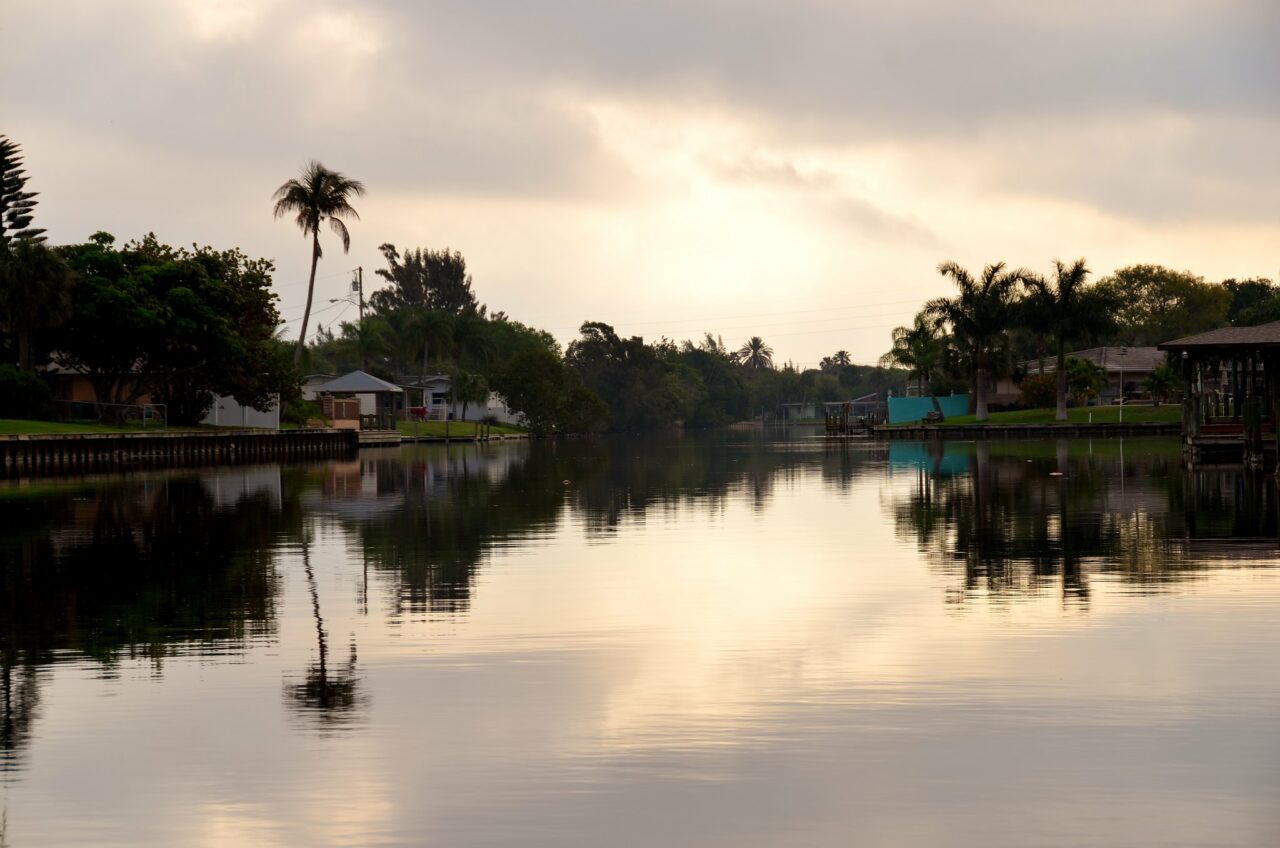
The House approved a bill amended by the Senate that will impose stricter standards on septic tanks and enhance the Florida Forever program.
The bill (HB 1379) bans new septic tanks in areas governed by basin management action plans (BMAPs) for the Banana River Lagoon, Central Indian River Lagoon, North Indian River Lagoon, and the reasonable assurance plan for the Mosquito Lagoon.
The Senate amendment brought the House bill closer to Senate appraisal language. It also included language creating a technical advisory committee to provide septic tank recommendations.
As well, the amendment loops in the Department of Agriculture and Consumer Services (DACS) for issues involving agriculture in land acquisition.
“All this is actually doing is adding DACS to the list of agencies that are helping out with consulting (on) nutrient levels, (septic tanks), some of those things like that, within the Indian River Lagoon system,” Palm City Republican Rep. Toby Overdorf said.
Parkland Democratic Rep. Christine Hunschofsky asked the bill’s sponsors why that was necessary.
“The Department of Ag is one of the leading organizations that we use for watershed (management), and that’s why they were added to the bill,” Dade City Republican Rep. Kevin Steele said.
What remains the same is, in areas where a central sewer connection wasn’t possible, a developer could install septic tanks, as long as they remove at least 65% of nitrogen compared to standard systems.
For those same areas, any existing development would need to move from septic tanks to a centralized sewer system by 2030. If such a connection was impossible, septic systems that achieved at least 65% nitrogen reduction would be required.
However, for lots one acre or smaller where such a sewer system isn’t available, the property owner has to install enhanced nutrient-reducing septic tanks, which are those that reach at least 65% nitrogen reduction compared to a standard septic tank.
BMAP comprehensive plans would be required to address coordination of upgrading water facilities and prioritizing advanced waste treatment, along with looking at the possibility of providing sewer services within 10 years to any group of more than 50 residential lots with a density of more than one septic tank per acre.
BMAPs that include springs, meanwhile, would have to include a septic tank system remediation plan for that spring if the DEP determines the septic tanks in that BMAP contribute at least 20% of the waterbody’s nonpoint source nitrogen pollution, or if DEP determines remediation is necessary.
“We have, as a Legislature, and certainly a credit to Madam President, committed to fixing a lot of our environment,” Lake Mary Republican Sen. Jason Brodeur said when the measure passed the Senate.
“One of the things we do in this bill, in fixing and committing to the Indian River Lagoon, is that it is the most biologically diverse estuary in the United States. We are committed to making sure we are not going to continue to leach nutrients into that system and that we have one of the finest estuaries in all the world.”
The bill also amends the Florida Forever program to up the contract price for land acquisition needing Internal Improvement Trust Fund Board approval from $1 million to $5 million. It also contains a long-sought $100 million in annual funding for the program.




One comment
Scott
May 4, 2023 at 11:59 am
It has become abundantly clear that are Legislators either know nothing about the 65% nitrogen reduction septic systems, pretend that they do, or simply don’t care if they reduce the nitrogen claimed. After 22 years in the industry, I believe it’s the latter.
Florida studies have clearly shown that these so-called nitrogen reduction septic systems have a very difficult time getting remotely close to reducing the nitrogen they claim, after they are installed on private property, and this is not a secret in Tallahassee.
Floridians should not be asked to pay for any part of the installation of the 65% nitrogen reduction septic systems or septic-to-sewer, unless it can be proven that these Florida approved 65% nitrogen reduction septic systems, or that septic-to-sewer for that matter, reduce the nitrogen claimed by our State and County representatives. Verification should be done by a third party and should not be done by the agency that approves these systems for use. You would think this would be a reasonable commonsense request, especially if your goal is to reduce household nitrogen in our waters.
It’s insane to think that these systems only need to reduce 65% nitrogen once, and will never need to reach that level of nitrogen reduction again. After installation they will never be tested, checked or monitored again for nitrogen reduction.
Florida studies have shown that sewers contaminate our water the same as septic systems, and the 65% nitrogen reduction septic systems only average 33% nitrogen reduction.
So, to reduce household sewage nitrogen from our waters, our geniuses in Tallahassee and many of the Florida Counties are asking tax payers to invest public funds to improve private property by connecting private households to sewer of upgrading their septic systems to the costly enhanced nitrogen reduction septic systems. With little to no proof that these programs will actually reduce nitrogen.
They know that the studies clearly show that there is little to no chance that these programs will reduce the nitrogen “claimed” in the real world. So, they created their own fantasy world using “fabricated” nitrogen reduction credits to give the illusion that these programs are reducing nitrogen, by using the fake nitrogen reduction credits to show improvement in our waters at the 5-year BMAP reviews, clever, right!
Don’t expect to see the blue, green, red, etc. algae and fish kills to go away any time soon. But on a good note, you will see an increase in the fake nitrogen reduction credits collected by the State and County’s in their BMAP areas.
Comments are closed.